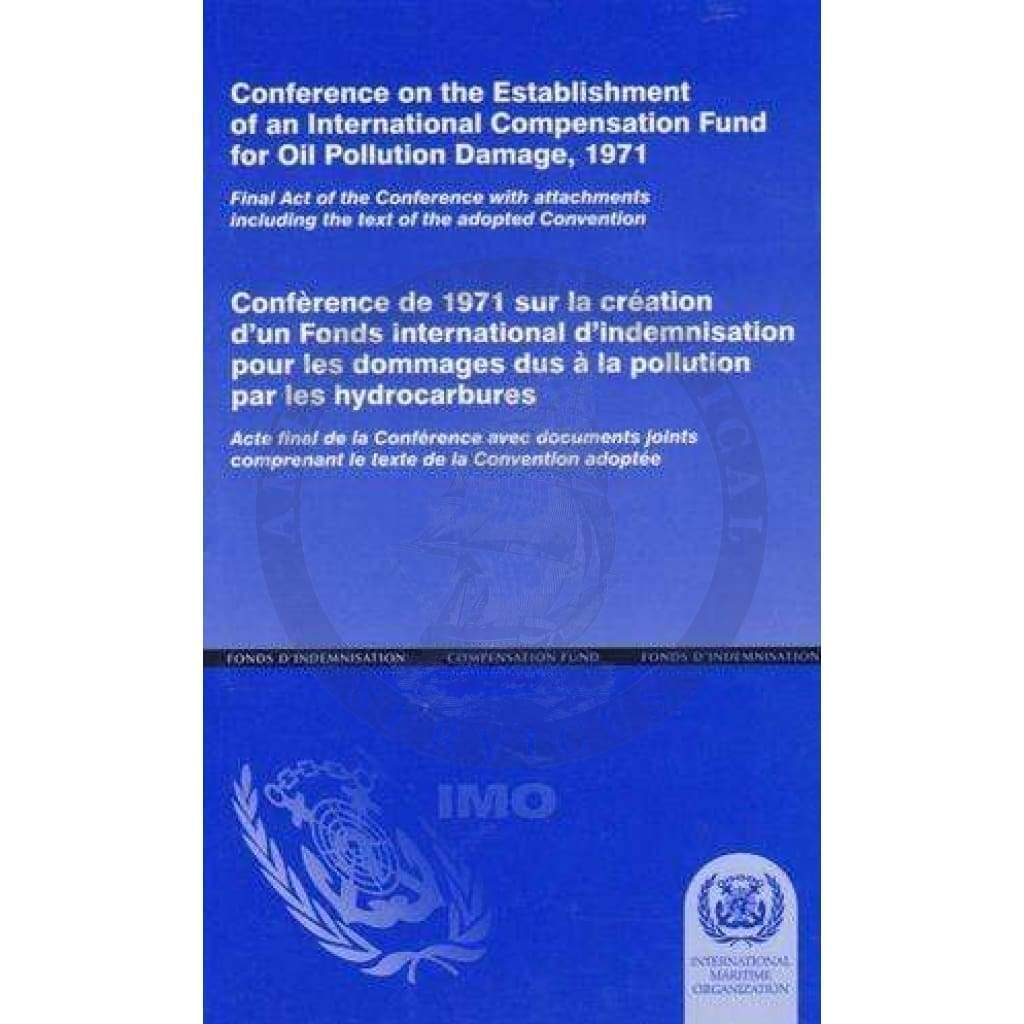The Aftermath of Oil Spills
 Imagine a coastal community waking up to find its shores blackened by oil, its marine life suffocating, and its economy at a standstill. Such scenarios, unfortunately, have occurred, leaving devastation in their wake. The pressing question arises: who bears the responsibility for the cleanup and compensation?
Imagine a coastal community waking up to find its shores blackened by oil, its marine life suffocating, and its economy at a standstill. Such scenarios, unfortunately, have occurred, leaving devastation in their wake. The pressing question arises: who bears the responsibility for the cleanup and compensation?
To address this, the international community established a framework ensuring that victims of oil pollution are compensated adequately. Central to this framework is the International Convention on the Establishment of an International Fund for Compensation for Oil Pollution Damage, commonly known as the FUND Convention. This article delves into the FUND Convention’s origins, mechanisms, and its pivotal role in maritime environmental protection.
What is the FUND Convention?
The FUND Convention is an international treaty designed to provide compensation to those who suffer oil pollution damage from spills of persistent oil from tankers. It operates in conjunction with the International Convention on Civil Liability for Oil Pollution Damage (CLC), ensuring that victims receive full compensation when the shipowner’s liability is insufficient.
Key Objectives:
-
Supplementary Compensation: Provide additional funds when the shipowner’s liability under the CLC is inadequate.
-
Shared Responsibility: Distribute the financial burden between shipowners and oil cargo receivers.
-
Prompt Compensation: Ensure timely financial assistance to affected parties.
Historical Context: The Genesis of the FUND Convention
The Torrey Canyon disaster in 1967, where a supertanker spilled a vast amount of crude oil off the coast of the UK, highlighted the inadequacies in existing compensation mechanisms. The incident underscored the need for an international fund to address the financial gaps left by shipowners’ limited liabilities.
In response, the 1971 FUND Convention was adopted, establishing the International Oil Pollution Compensation Fund (IOPC Fund). Recognizing the evolving nature of maritime transport and the need for higher compensation limits, the convention was revised, leading to the 1992 FUND Convention, which currently serves as the primary framework.
How Does the FUND Convention Operate?
The FUND Convention functions through a structured mechanism:
1. Compensation Tiers:
-
First Tier: The shipowner’s liability under the CLC.
-
Second Tier: The IOPC Fund provides additional compensation when the first tier is insufficient.
2. Funding Mechanism:
The IOPC Fund is financed by contributions from entities in member states that receive more than 150,000 tonnes of crude or heavy fuel oil annually. This ensures that those who benefit from oil transportation share the responsibility for potential damages.
3. Claim Eligibility:
Claims can be made by:
-
Individuals
-
Companies
-
Governments
-
Local authorities
These claims can cover:
-
Property damage
-
Economic losses (e.g., fisheries, tourism)
-
Environmental restoration costs
Real-World Applications: Case Studies
Erika Incident (1999):
The sinking of the Erika off the coast of France resulted in significant oil pollution. The IOPC Fund, under the FUND Convention, provided compensation to affected parties, including fishermen and local businesses, showcasing the convention’s effectiveness.
Prestige Incident (2002):
When the Prestige sank off the coast of Spain, it caused extensive environmental damage. The IOPC Fund played a crucial role in compensating the affected communities, emphasizing the importance of international cooperation in such disasters.
Relevance to Different Audiences
For Beginners:
Understanding the FUND Convention is essential to grasp how international mechanisms protect communities from the devastating effects of oil spills.
For Students & Researchers:
The convention offers a rich case study in international law, environmental policy, and maritime economics, highlighting the interplay between legal frameworks and environmental protection.
For Professionals & Industry Experts:
Knowledge of the FUND Convention is crucial for maritime operators, insurers, and environmental consultants to navigate liabilities and ensure compliance with international standards.
For General Readers:
Awareness of such conventions underscores the global efforts in place to safeguard our oceans and coastal communities from industrial mishaps.
Challenges and Future Developments
While the FUND Convention has been instrumental in providing compensation, challenges remain:
-
Evolving Maritime Risks: The increase in maritime traffic and larger tankers necessitate periodic reviews of compensation limits.
-
Climate Change: Changing weather patterns may increase the frequency of maritime accidents, requiring adaptive strategies.
-
Global Participation: Encouraging more countries to ratify the convention ensures a more comprehensive safety net.
Conclusion: A Pillar in Maritime Environmental Protection
The FUND Convention stands as a testament to international solidarity in addressing environmental disasters. By ensuring that victims of oil pollution receive adequate compensation, it not only provides financial relief but also reinforces the principle that those benefiting from maritime oil transport share the responsibility for its risks.
Frequently Asked Questions (FAQs)
Q1: What is the primary purpose of the FUND Convention?
A1: To provide supplementary compensation to victims of oil pollution when the shipowner’s liability under the CLC is insufficient.
Q2: Who finances the IOPC Fund?
A2: Entities in member states that receive significant quantities of oil contribute to the fund, ensuring shared responsibility.
Q3: How does the FUND Convention benefit affected communities?
A3: It ensures timely and adequate compensation for damages, aiding in recovery and restoration efforts.

